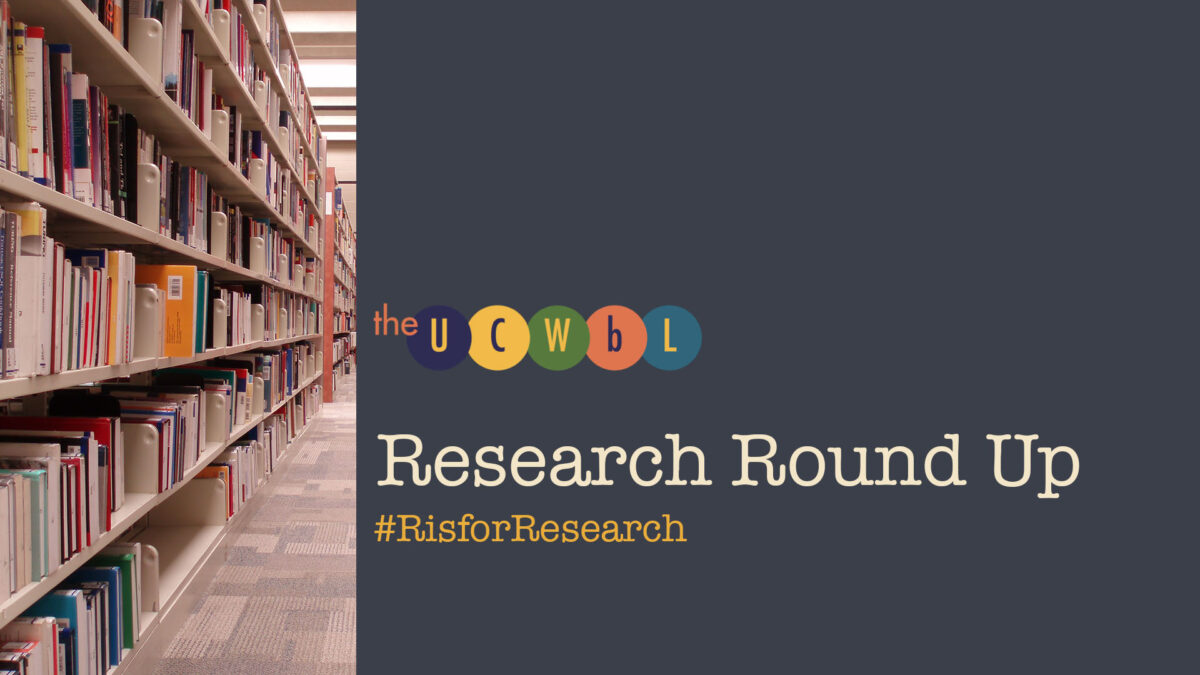I eat a lot of fast food so I have time to do the finer things in life, like read scholarly articles for the Research Team. A week ago I picked up a large iced coffee and bag of Munchkins from Dunkin Donuts for lunch so I could get back to writing this blog post. Two days later, I was at Taco Bell.
As I anxiously awaited my Cool Ranch Dorito tacos, I was thinking, again, about an article the Research team recently read. In “Peer tutoring in Academic Writing: the Infectious Nature of Engagement,” Ide O’Sullivan and Lawrence Cleary set out to investigate if the model of peer-tutoring used at the Regional Writing Center at the University of Limerick encourages writers and tutors to engage with their own writing and enhance their experiences at the University at large (1).
In 2007, The Regional Writing Centre at the University of Limerick became the first writing center in Ireland and developed a course module, Peer-tutoring in Academic Writing, to train new peer writing tutors. To explore the impact of this course module on student engagement, O’Sullivan and Cleary conducted qualitative research, including questionnaires.
The questionnaires and the information they generated are integral to O’Sullivan and Cleary’s research as they provide experiential evidence for how the module influences engagement for the tutor and the tutee:
Both theoretical and experiential evidence suggested to us that the University of Limerick Regional Writing Centre’s Peer Tutoring in Academic Writing module not only occasioned engagement that was formative, but actually served to propagate engagement, as if the practice was inherently communicable, catching (56).
And they explained the benefits of questionnaires by drawing on Matz Yorke:
Questionnaires have the added advantage of gathering data directly from students as primary units of analysis, of accessing information which may only be known to individual students and of providing students with an opportunity to reflect on and evaluate their academic experiences while completing the form (qtd. in 59).
At the UCWbL we also use qualitative research to examine our practices and programs, but as we develop and work on larger research projects, we are making a shift to focus on quantitative research—or so I thought. A conversation with our director Lauri Dietz and twenty minutes of research made me realize I don’t actually know the difference between qualitative and quantitative research—and that empirical research fits somewhere in the mix, too. In order to really understand O’Sullivan and Cleary’s research, and their use of questionnaires, I thought it was important to define these terms:
- Quantitative research, according to Lisa M. Given, is “the systematic empirical investigation of observable phenomena via statistical, mathematical, or numerical data or computational techniques” (qtd. in “Quantitative research”).
- Qualitative research stresses “the socially constructed nature of reality, the intimate relationship between the researcher and what is studied, and the situational constraints that shape inquiry” and doesn’t necessarily include “experimentally examined or measured“ qualities (“Qualitative Methods”).
- Empirical research is centered on “observed and measured phenomena and derives knowledge from actual experience rather than from theory or belief” (“Empirical Research”).
Empirical evidence can be analyzed quantitatively or qualitatively. Qualitative research methods look more into how and why research questions, or processes, while quantitative research is more interested in the relationships between variables. Qualitative research can use math and quantitative research for support, though, because quantitative research is more objective and tries to gather numerical data that can be applied to larger groups of people.
Qualitative, quantitative, and empirical research all come into play in the Writing Fellows Assessment project the Research Team continues to work on this quarter. We’re using all three types of research because combined, they make for a more rigorous assessment process than what has previously been used in assessing WAC programs and initiatives. This project is guided by two inquiries: “To what extent does working with Writing Fellows help students create more effective writing projects than students who do not work with Writing Fellows?” and “How are the writing projects produced by students working with Writing Fellows improved?” We code drafts using a rubric, and later a Chi-Square test (and other statistical comparisons) will be used to identify the impact of the Writing Fellows on student drafts—a clear example of quantitative research at play.
In the midst of my confusion about the difference between research strategies I took a few surveys, hoping they’d shed some light. If you eat at Taco Bell in the near future, you can take their customer satisfaction survey, or Tell the Bell, and be entered to win $500. And if you order a hard shell taco, they’ll ask how satisfied you were with the amount of seasoned beef in your taco. Talk about important research.
Discover more from UCWbLing
Subscribe to get the latest posts sent to your email.


One reply on “Research Round Up: Drive Thru Reflections on Data Collection”
What a terrific distinction between qualitative and quantitative methods! I remember how that terrified me when I was a graduate student about to embark on my first empirical project (an ethnography, which used both quantitative and qualitative methods in triangulating data).
The research you are doing sounds really interesting. I would love to hear more about how you are showing the impact of Writing Center consultations on students’ writing proficiency – that is a big deal at our institution, Texas A&M Kingsville (TAMUK).